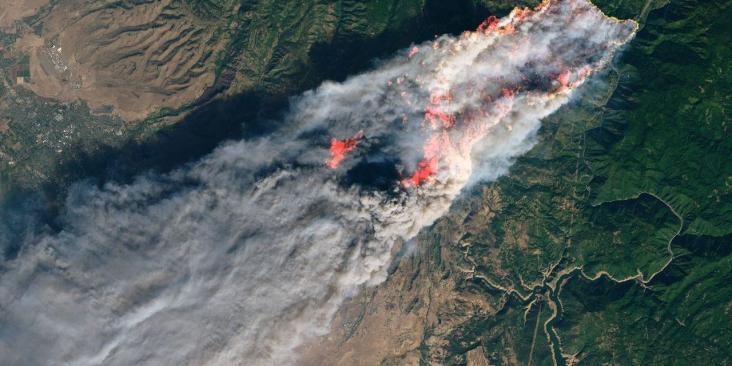Ruth Dahlquist-Willard is a small farms adviser with the University of California Cooperative Extension, focusing on immigrant, refugee and other farmers with limited resources in the San Joaquin Valley.
Many of the Southeast Asian farmers she supports are first-generation immigrants who came to California starting in the late 1970s after the Secret War in Laos, or who came as recently as 2004. Some of the Latino farmers are first-generation immigrants who were previously farm laborers and are now moving into operating their own farms. Read More









